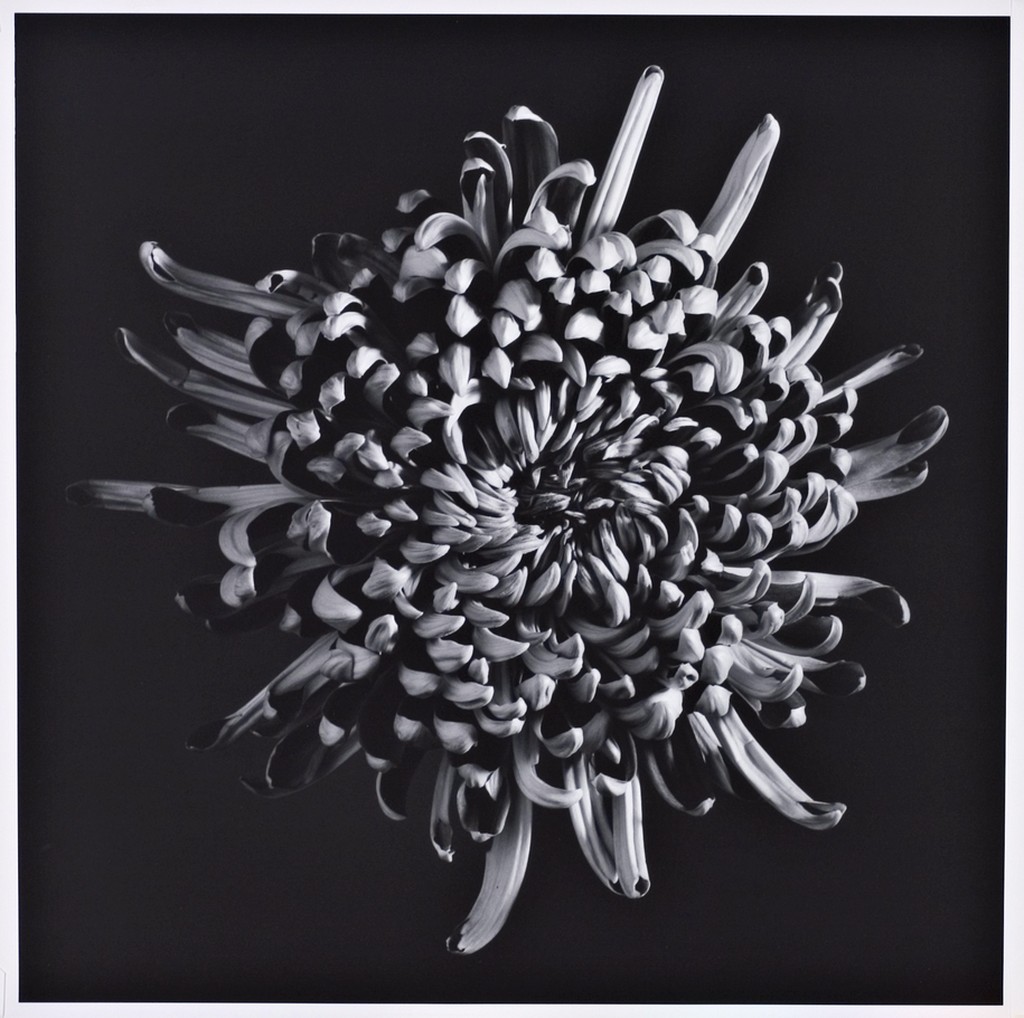
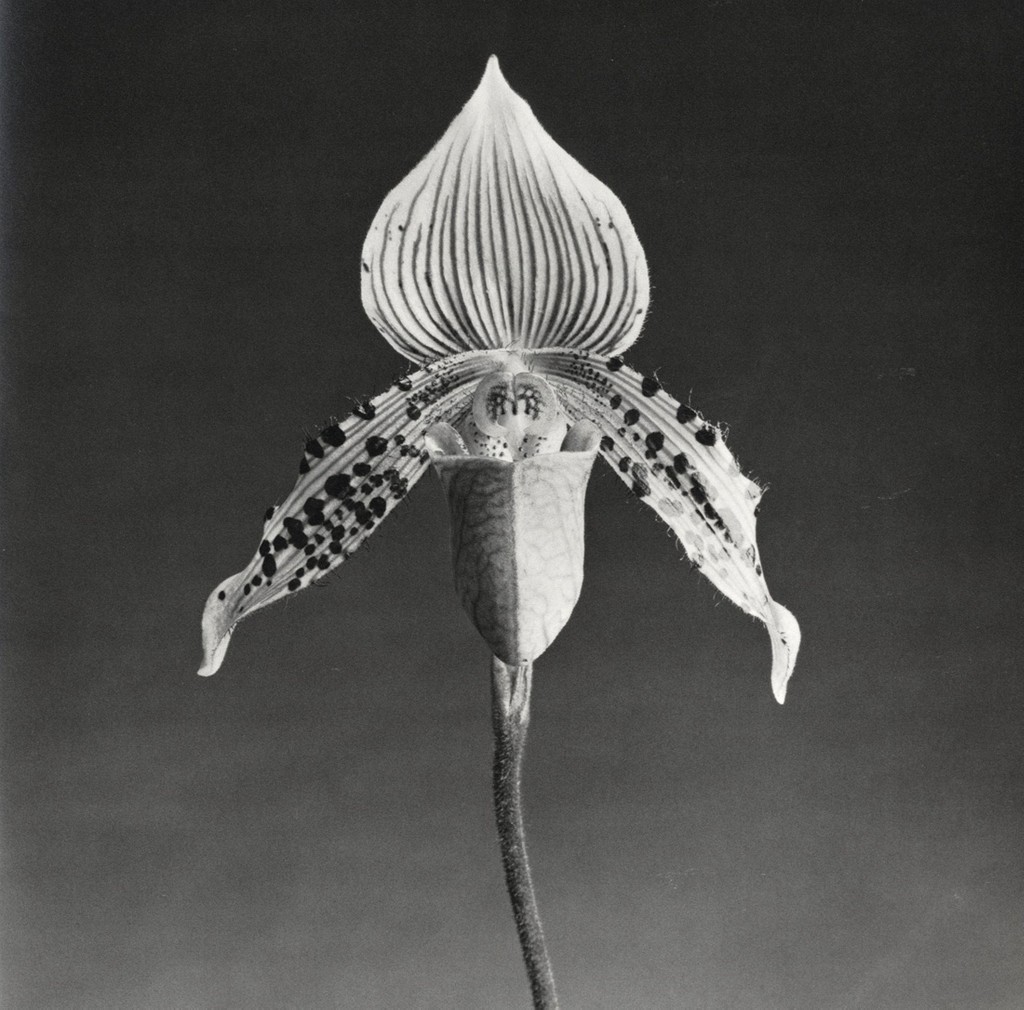
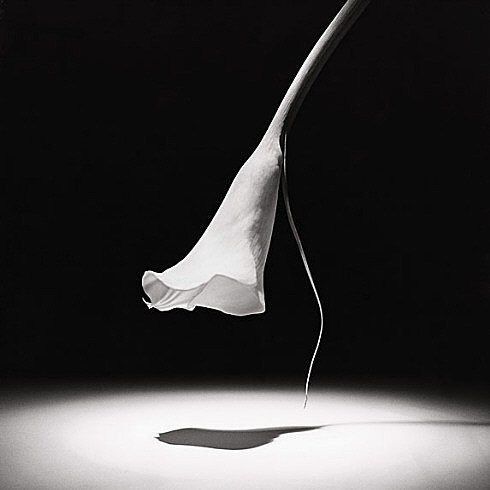
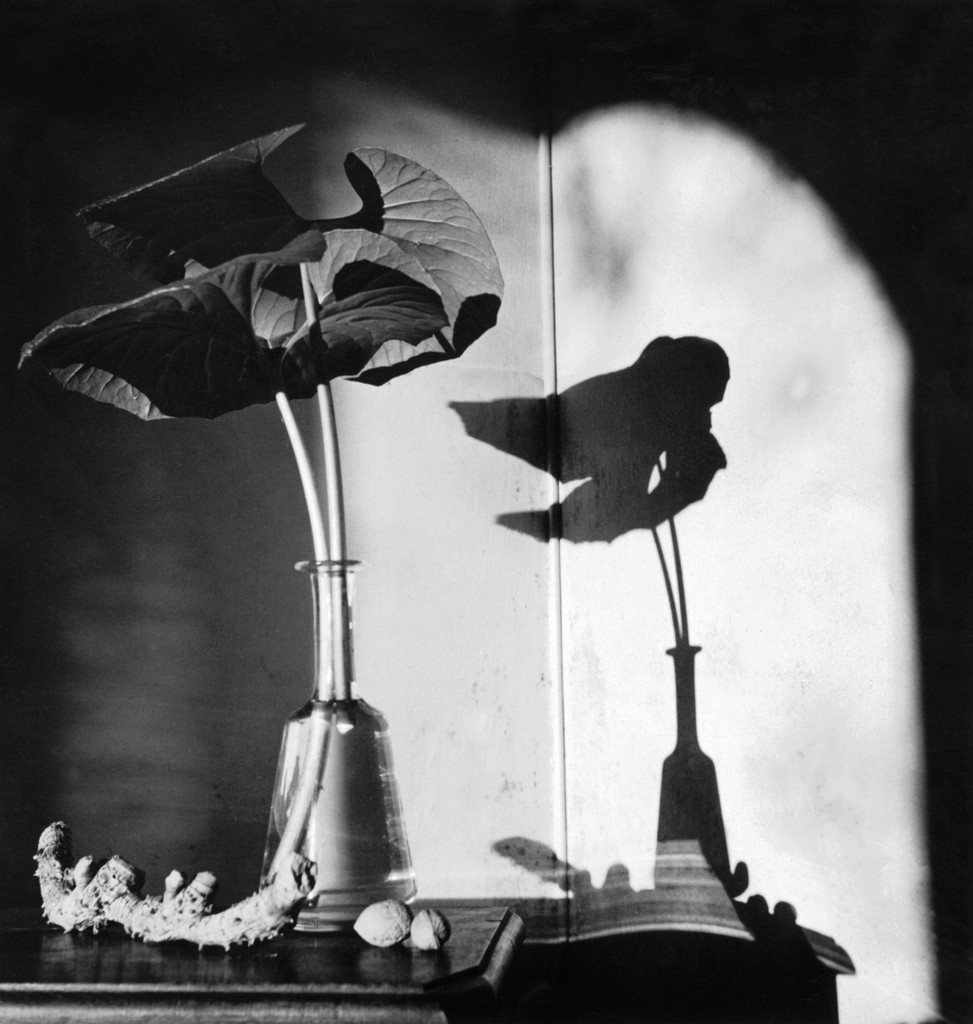
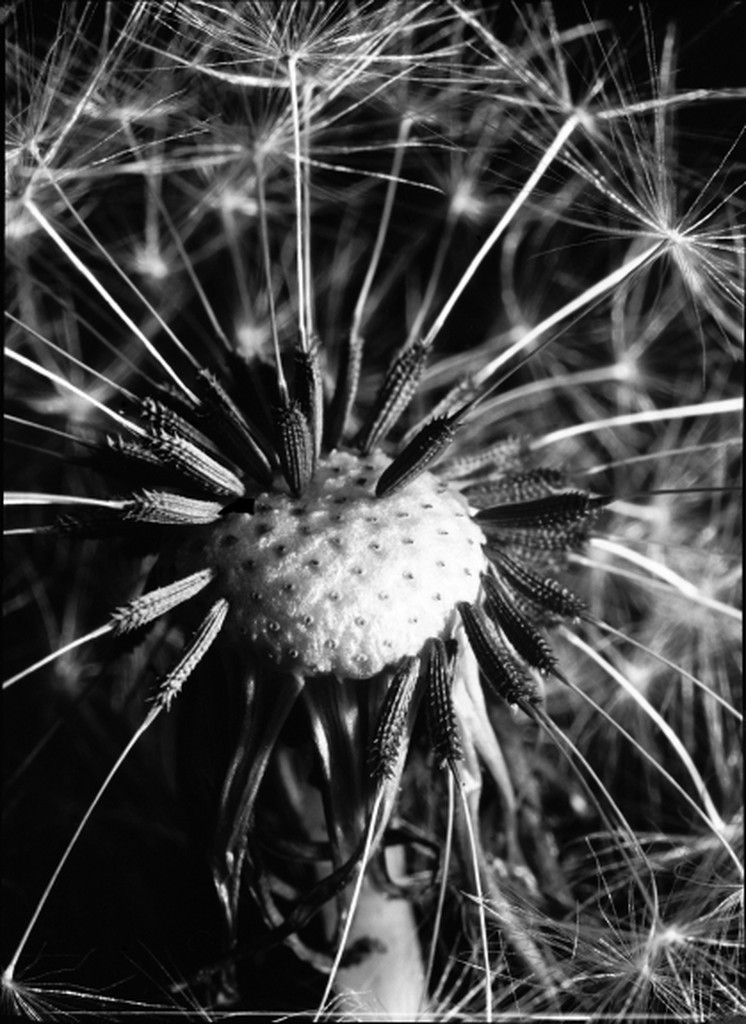


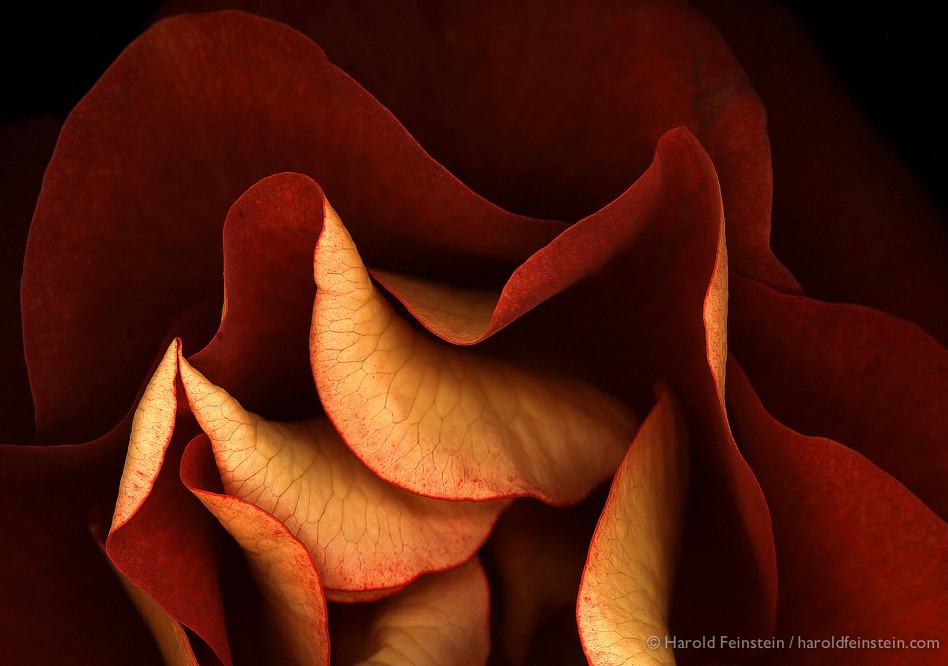

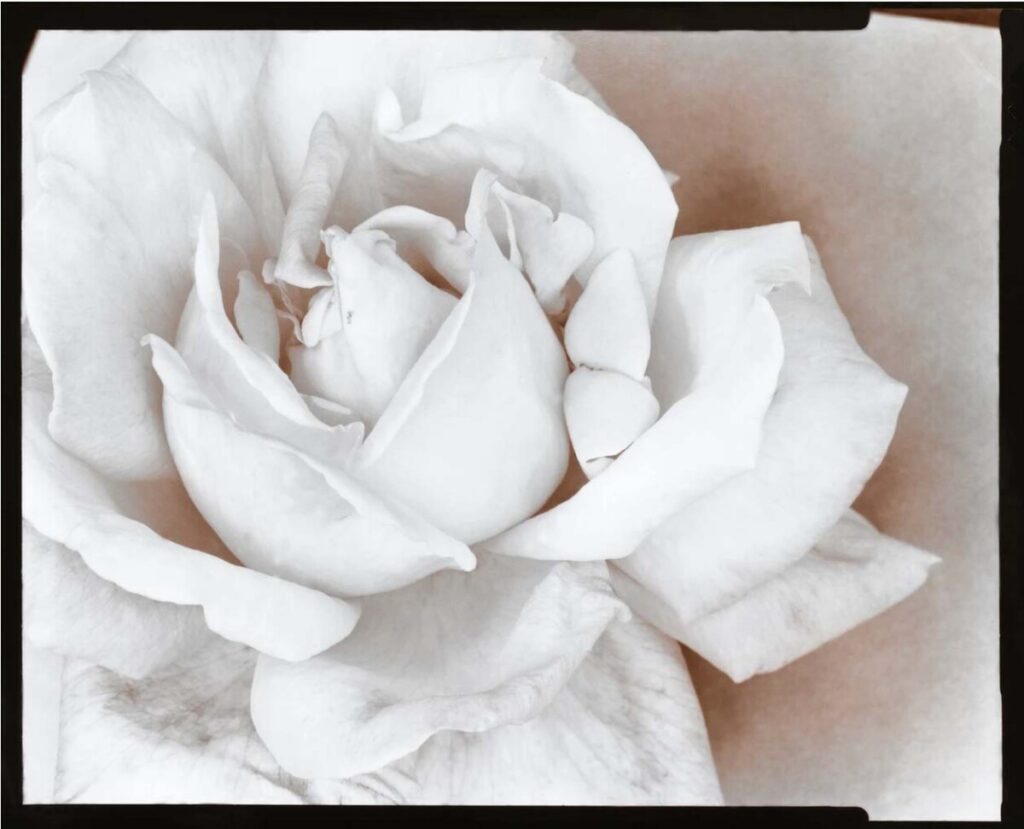
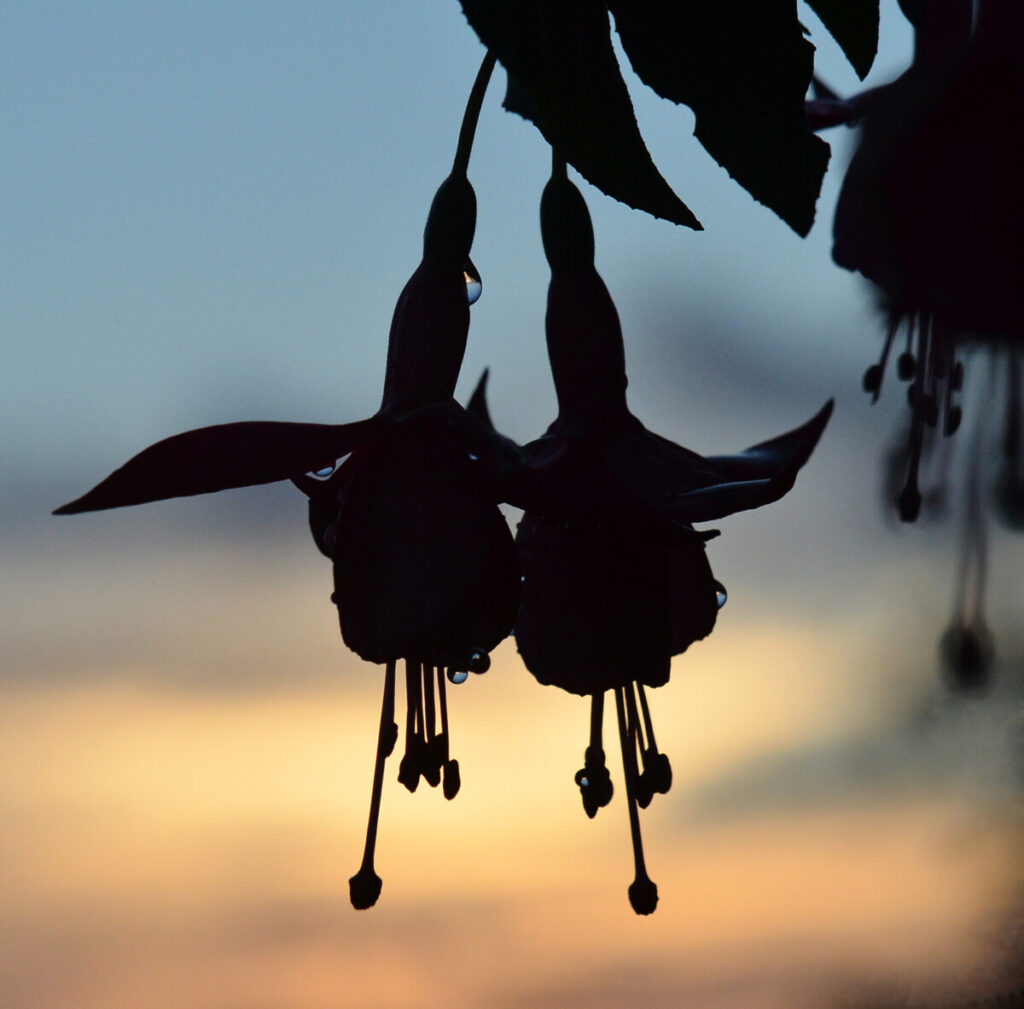
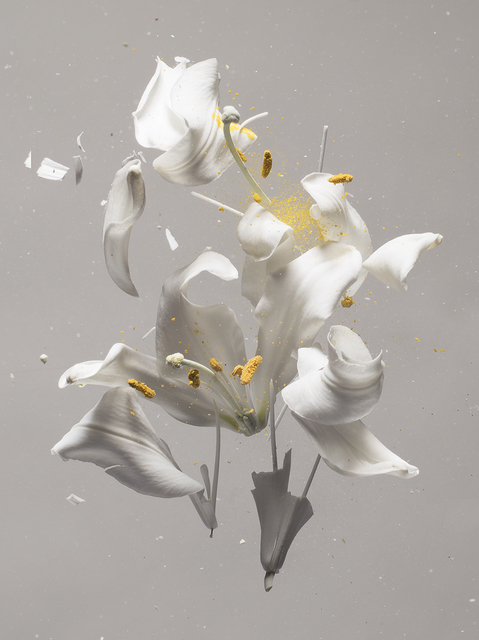
Photograph flowers with continuous lights.
Floodlight– light is diffused and wraps around the subject hitting it from many angles. shadows are soft.
Spotlight – light is direct and hits the subject from one angle. Shadows are hard.
In-class Flower Shoot Camera Settings:
- Resolution=RAW
- ISO=100-400
- WB=Flash
- Shooting Mode=Tv
- Shutter speed = 1/125
- The camera sets the aperture
Every shot has a flower in it as the main subject.
Shot list 1:
A. Front light: reduces detail, low contrast
Make the light a floodlight by diffusing the light with a soft box. Place it close to the camera position and subject.
B. Side Light floodlight with diffusion: brings out texture.
C. Side Light spotlight: brings out texture, high contrast
To get the background to fall off to black, increase the distance between the subject and the backdrop and angle the light so that it falls on the subject not the background.
D. Extreme close-up for texture-use extension tube
E. Back Light (white background): high contrast, reduces subject detail
Light the background only. Increase the distance between the background and the subject to increase the difference in the lighting ratio and to achieve a silhouette.
Shot list 2:
Photograph the same flower for the following uses:
- A sympathy card – type will say “With Deepest Sympathy”
- An article in National Geographic on patterns in nature
- An upscale chocolate bar – organic dark chocolate
Put your best 20 in an album on Flickr. You must include at least one for each category. Please label your images accordingly so know what you intended. Send your best three, one for each of the items on shot list 2, to the class group.

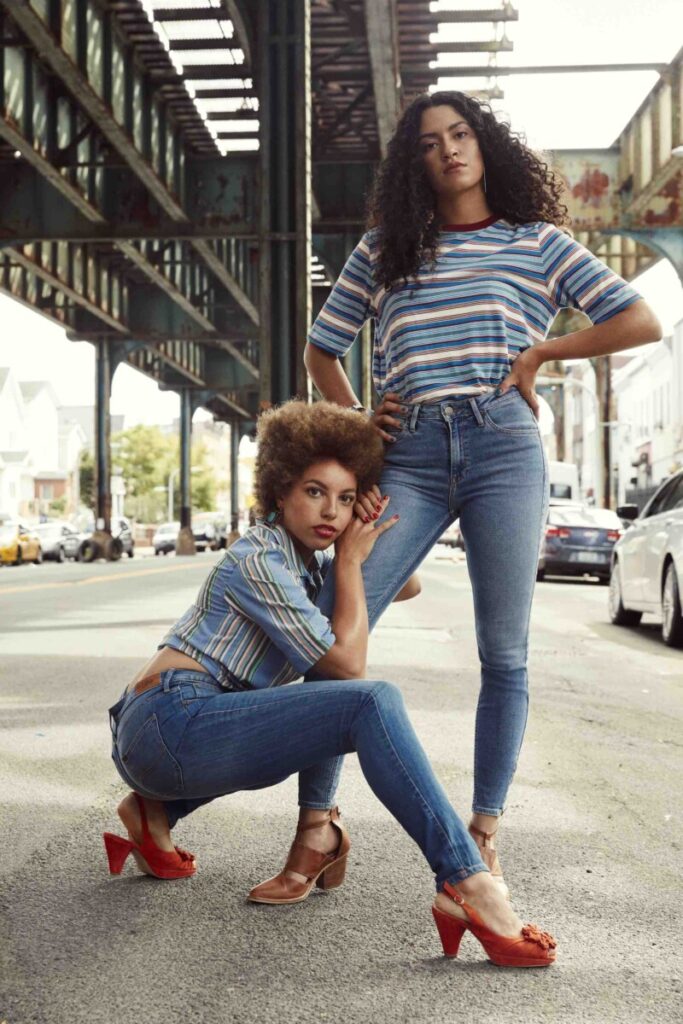
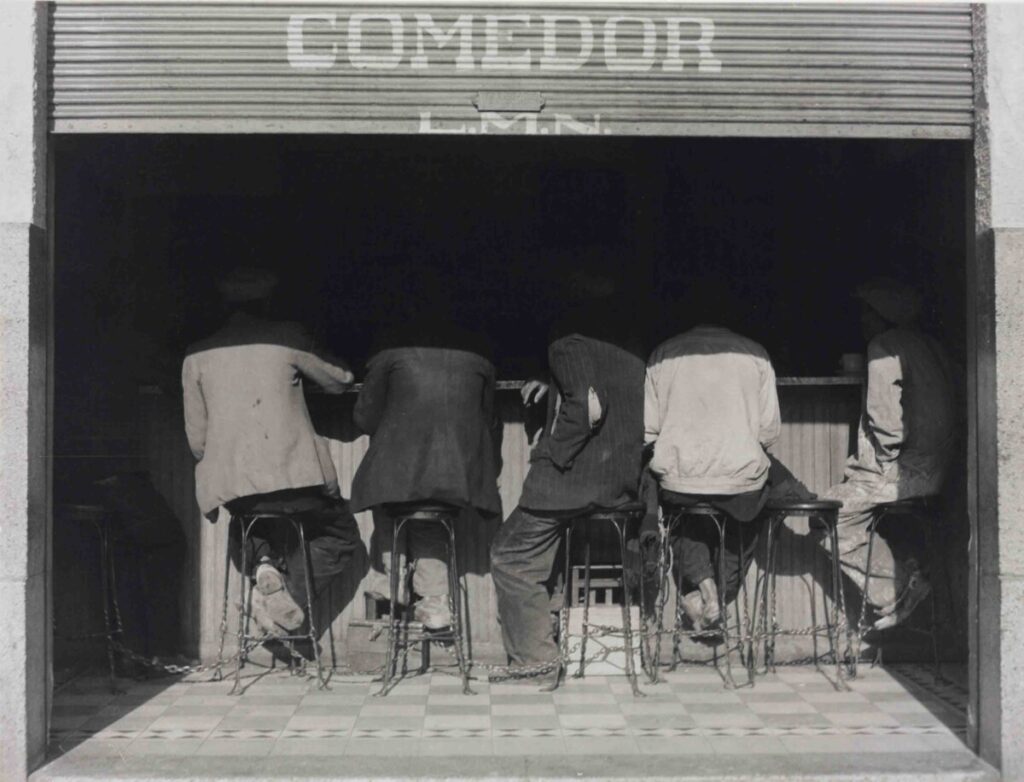
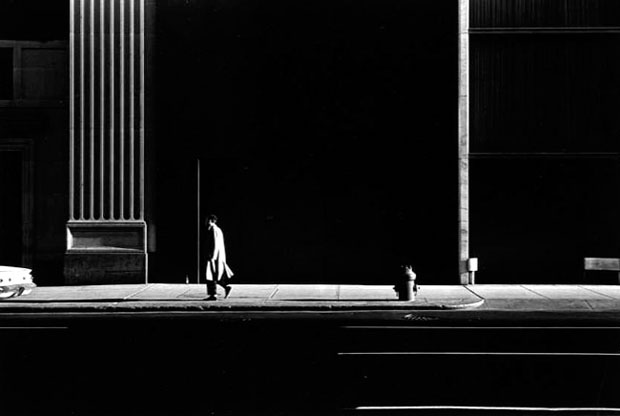
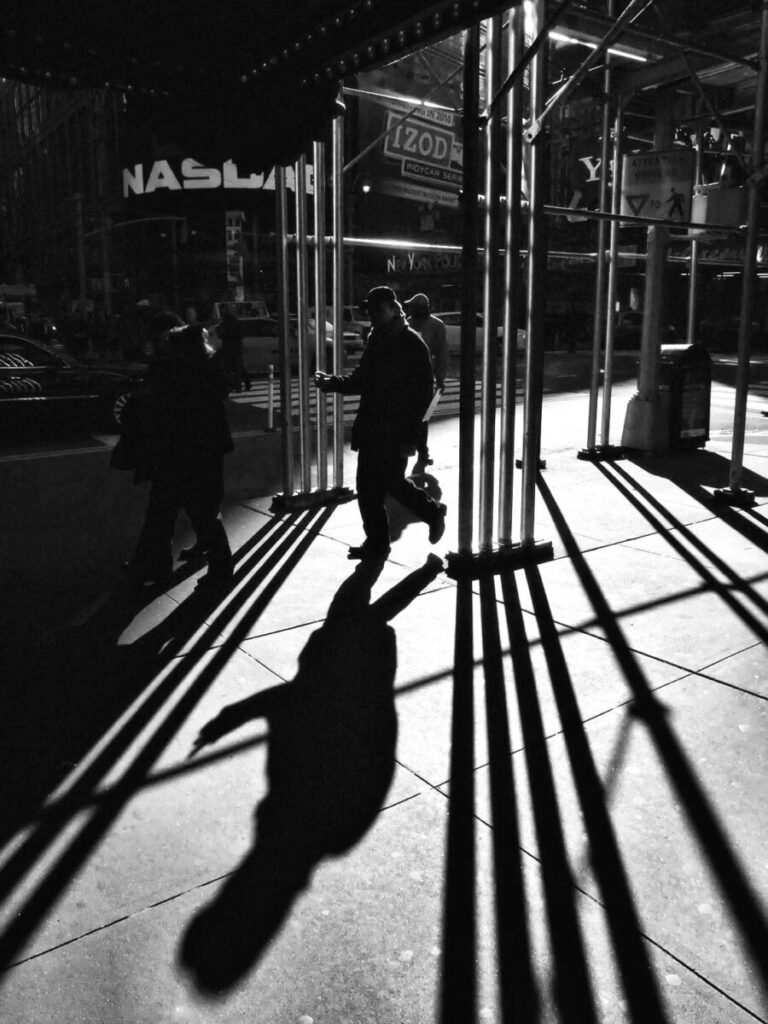
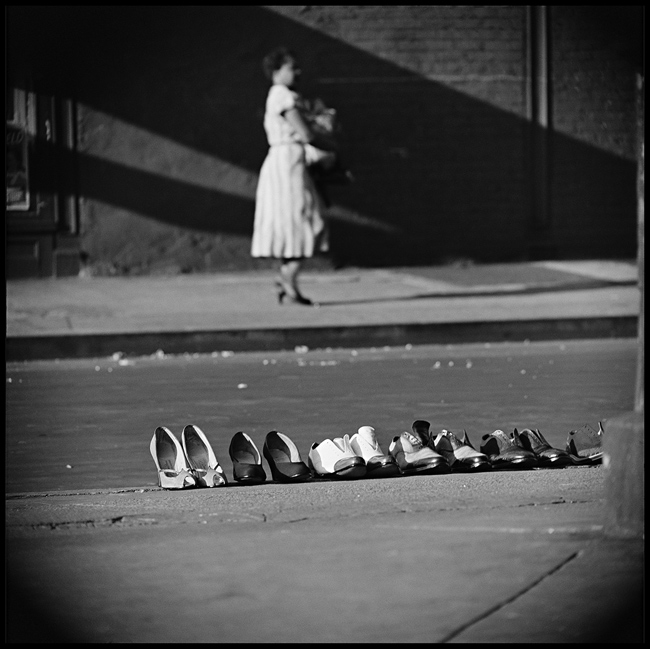


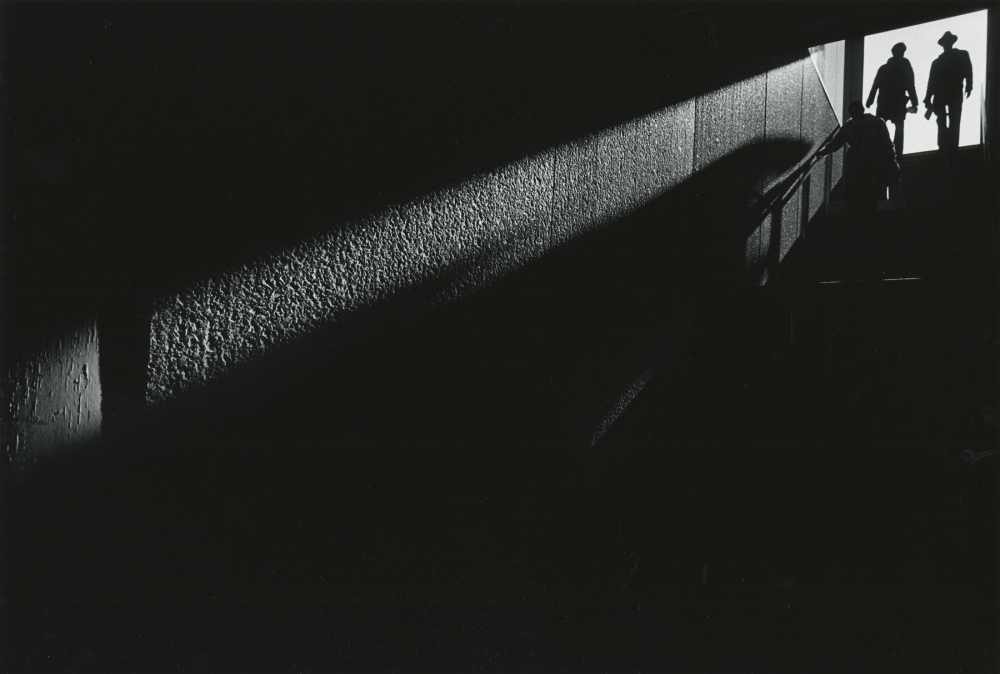

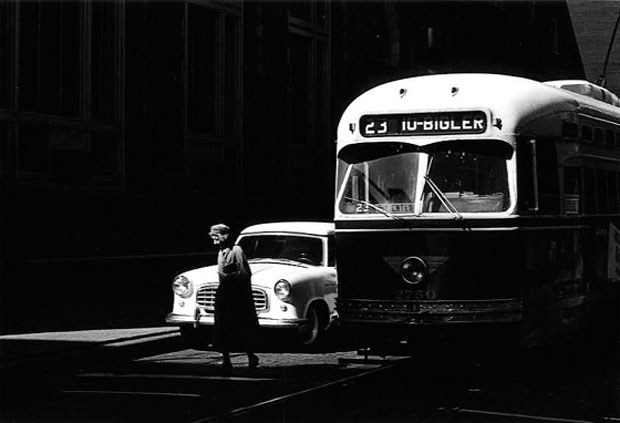
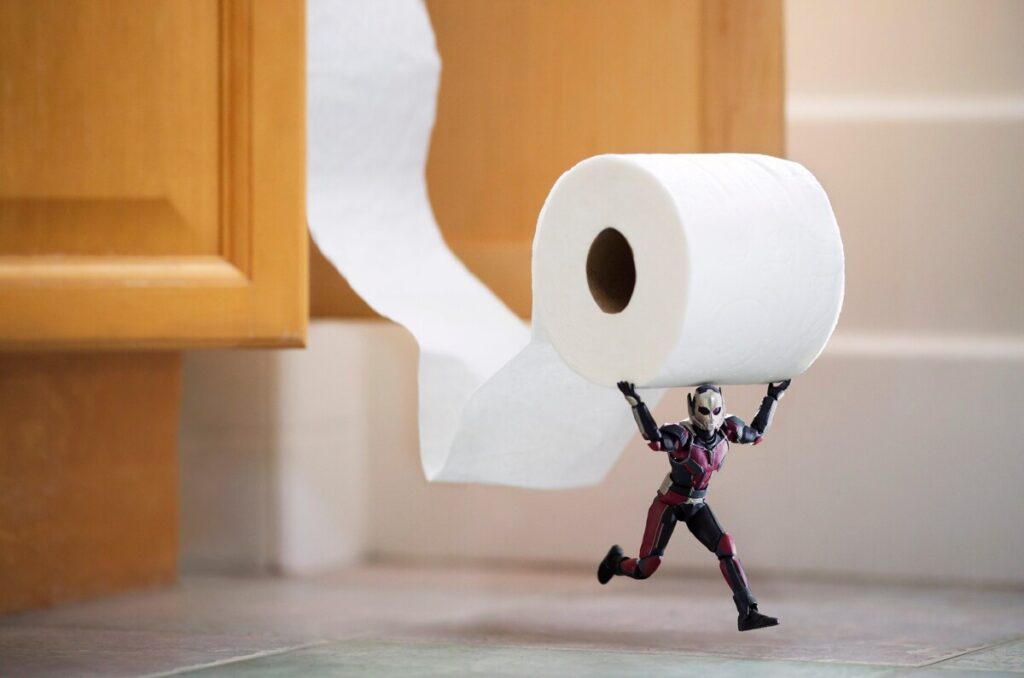
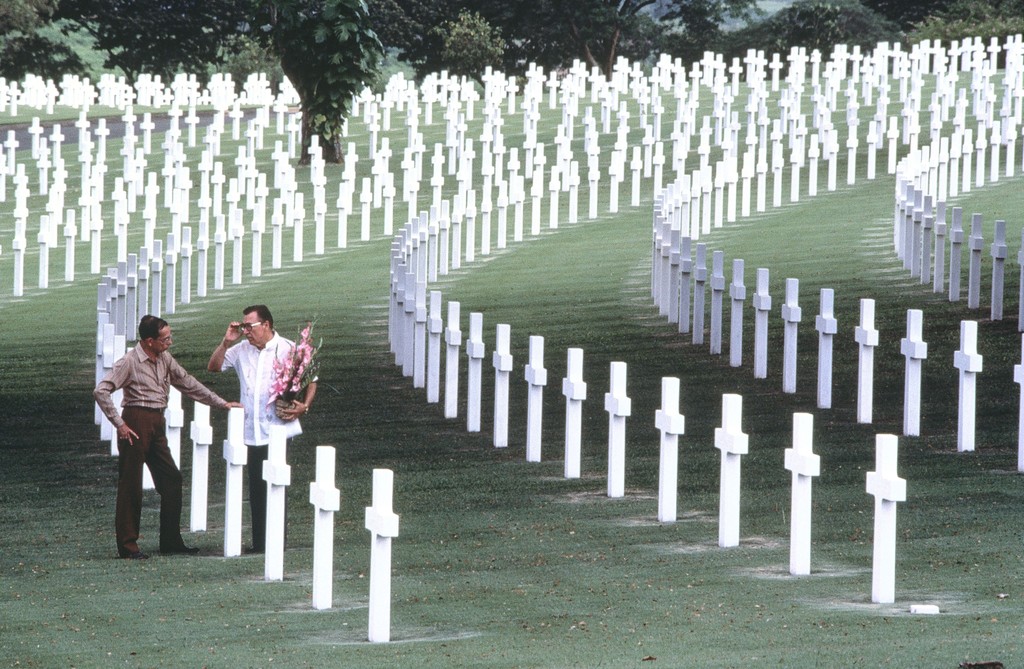

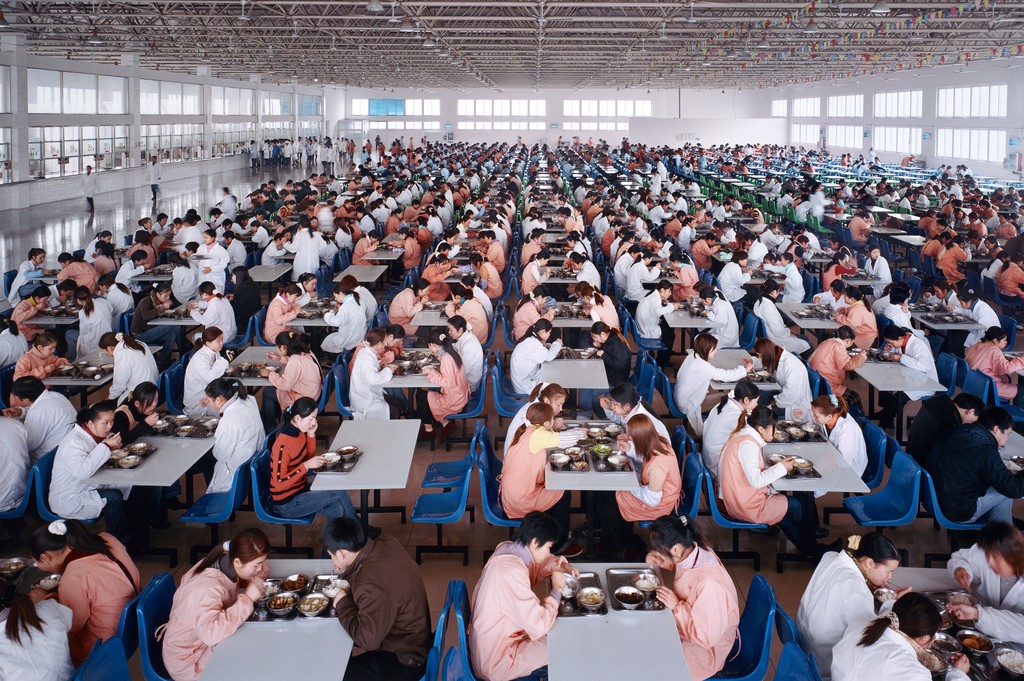
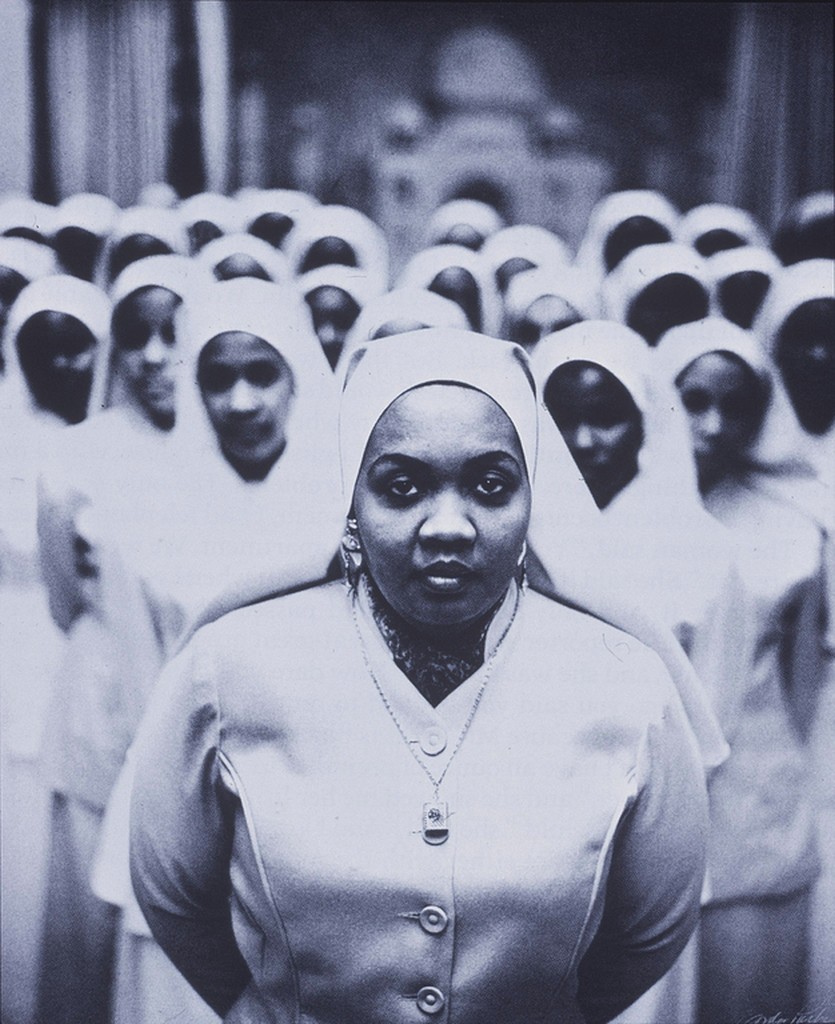
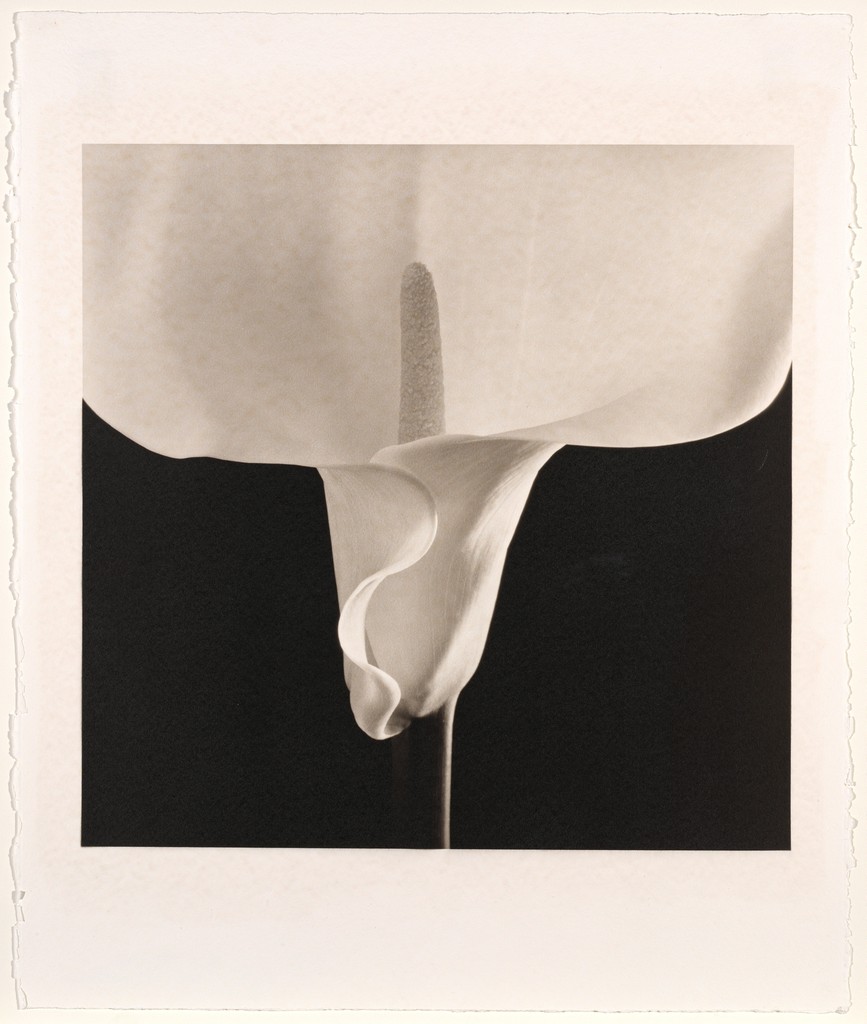
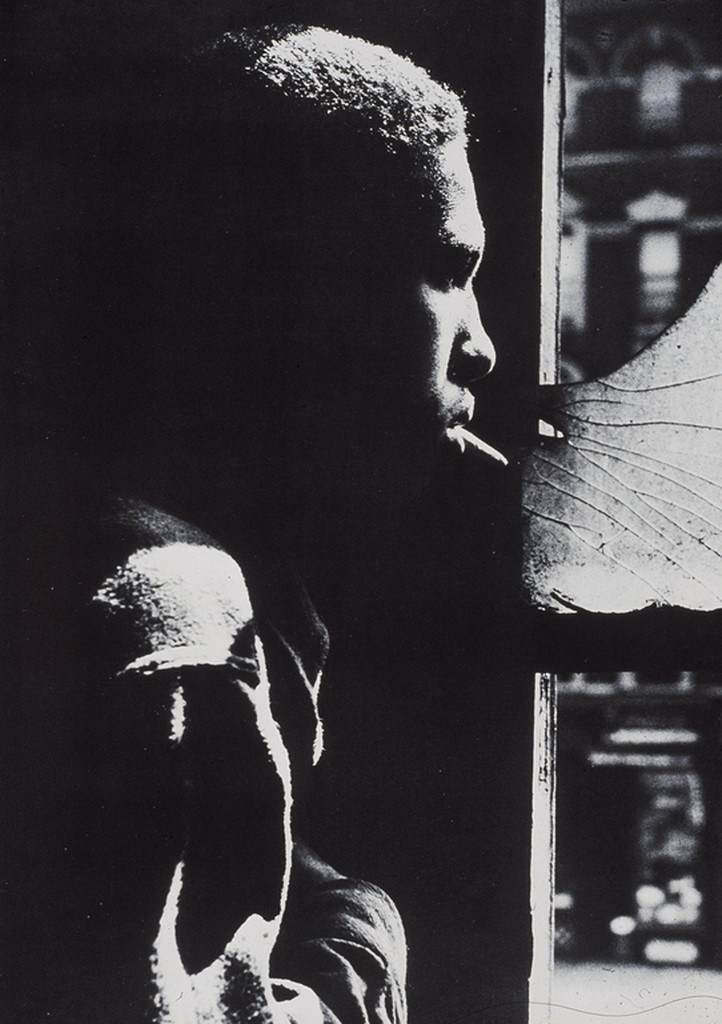
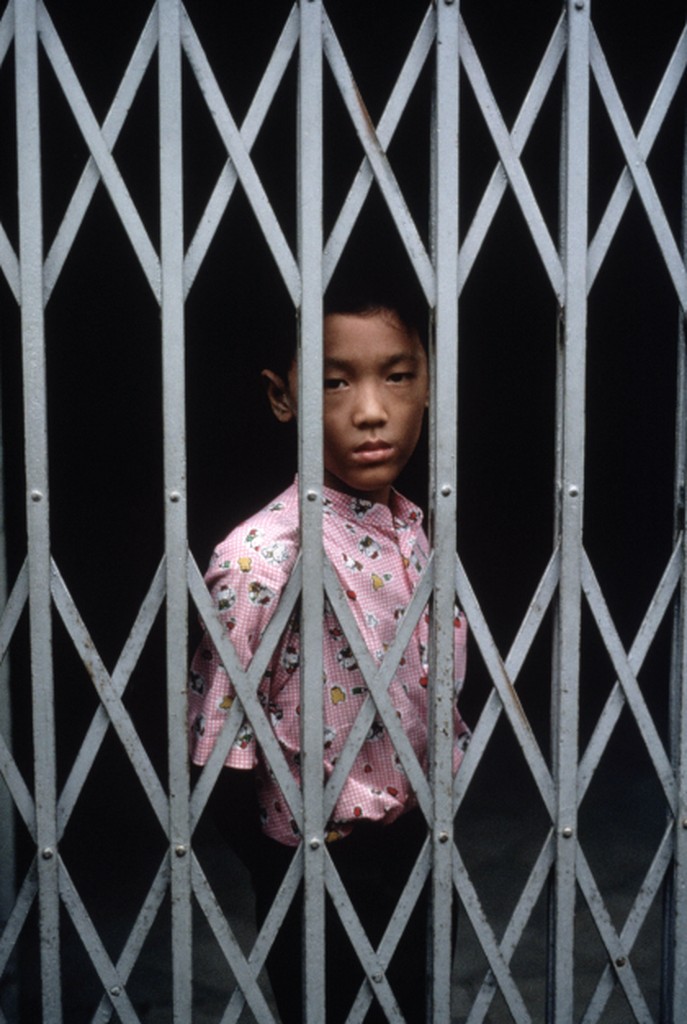




Recent Comments